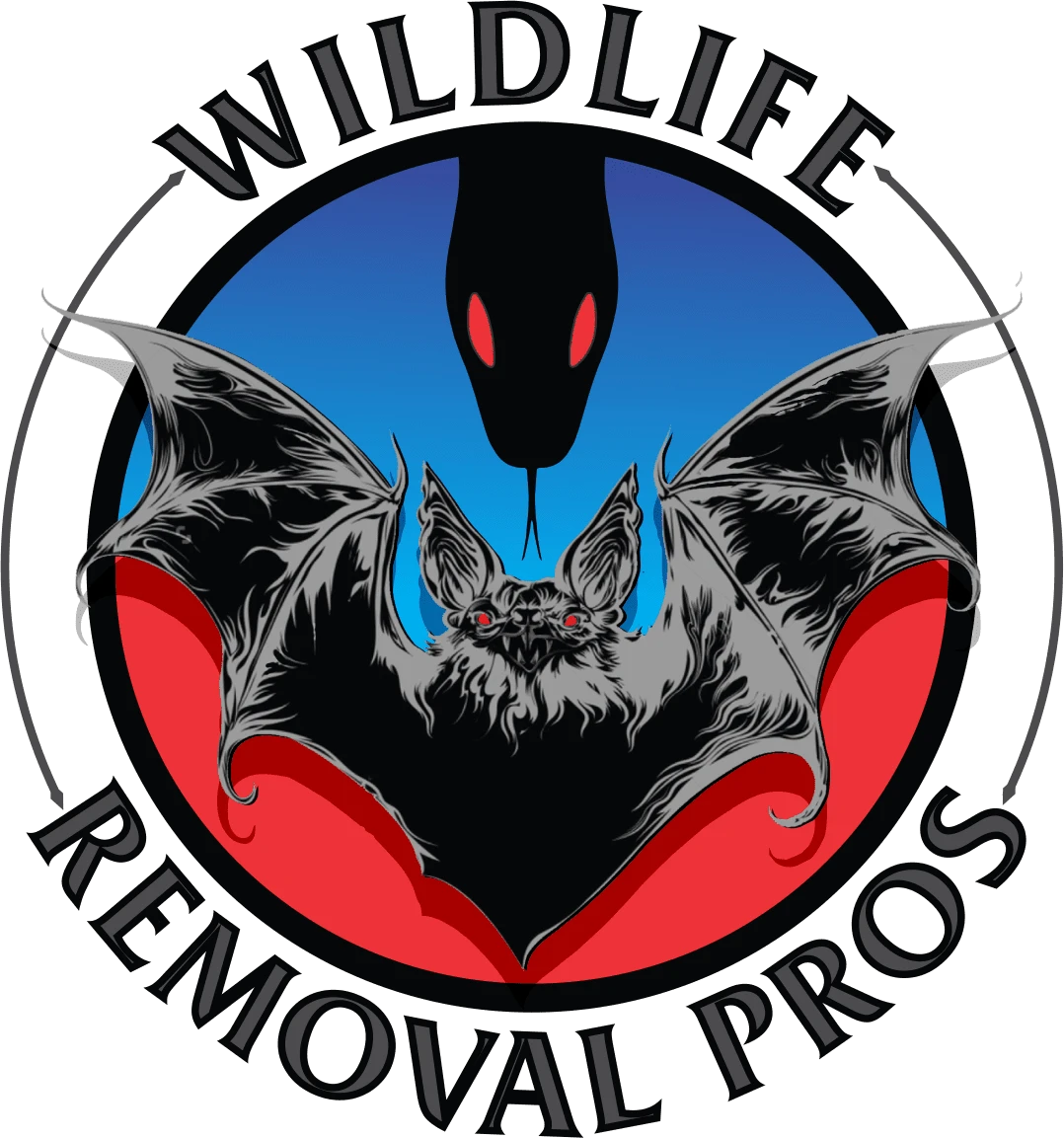How to Identify the Sounds of Bats in the Attic
As a wildlife control professional, recognizing the sounds of bats in the attic is a crucial skill. Bats are nocturnal creatures that are known to roost in attics, and their presence can lead to a range of problems. Identifying their sounds accurately can help you address the issue promptly and efficiently. In this article, we will discuss the distinct sounds bats make and how to recognize them in your clients’ attics.
The Chirping and Chattering Sounds
One of the most common sounds associated with bats is chirping or chattering. These high-pitched noises are typically heard when bats are communicating with each other. When bats roost in the attic, you may hear these sounds echoing through the walls or ceiling. The chirping and chattering are often continuous and may increase in intensity during the breeding season.
To properly identify these sounds, it is important to distinguish them from other similar noises, such as those produced by rodents. Bat sounds tend to be faster and more rapid, resembling a series of clicks or squeaks. Additionally, the sounds may be accompanied by fluttering or rustling noises as the bats move around.
The Screeching and Squealing Sounds
Another distinct sound bats produce is screeching or squealing. These noises are often heard when bats are in distress or defending their territory. If you hear screeching or squealing sounds coming from the attic, it is likely that there is a problem with the bat colony or that they feel threatened.
These sounds can be intense and piercing, resembling a high-pitched scream. It is important to note that while bats are generally harmless, they may bite if they feel cornered or threatened. Therefore, it is crucial to exercise caution and seek professional help when dealing with such situations.
The Flapping and Scratching Sounds
In addition to vocalizations, bats in the attic can produce distinctive flapping and scratching sounds. These noises are often heard when bats are taking flight or returning to their roost. The fluttering of their wings against the attic walls or ceiling can create a distinct sound that is different from other animals.
Furthermore, bats may also create scratching sounds as they move around in the attic. Their claws and wings scraping against surfaces can be audible, especially if the attic is not well-insulated. Pay attention to these sounds, as they can be an indication of bat presence in the attic.
Conclusion
Recognizing the sounds of bats in the attic is an essential skill for any wildlife control professional. By understanding the distinct vocalizations bats produce, such as chirping, chattering, screeching, and squealing, you can accurately identify their presence within the attic. Additionally, paying attention to flapping and scratching sounds can further confirm the presence of bats. Remember, it is crucial to exercise caution when dealing with bats, as they can bite if they feel threatened.
If you suspect or confirm the presence of bats in an attic, it is highly recommended to contact a professional wildlife control service. They have the expertise and tools to safely remove the bats and prevent their re-entry, ensuring the well-being of both the clients and the bats.
